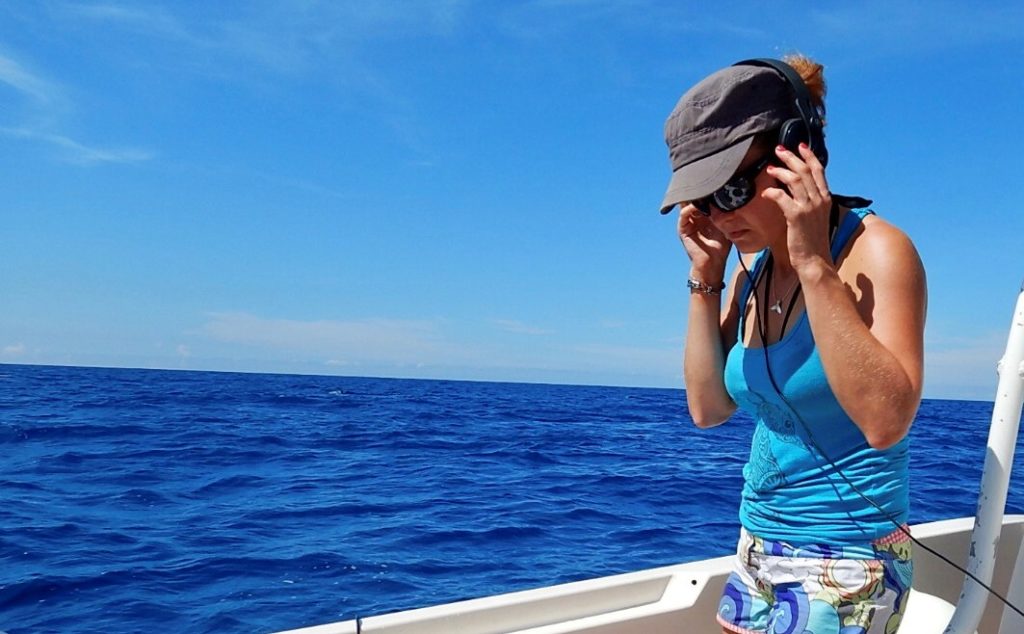DéCLIC: development of an acoustic classifier for odontocetes and eDNA
Marine mammals rely on sound to communicate and navigate. Hence, Passive Acoustic Monitoring (PAM) is one of the most efficient methods to study and monitor their presence and movement over the mid- to long-term. PAM indeed overcomes the limitations of visual surveys, such as the dependence on the weather and light condition, sea state, and ship availability, and at a lower cost. Yet, this method requires a good knowledge of the vocal repertoire of the cetacean species present in the monitored area. This knowledge is also necessary to develop automated tools for the detection and classification of marine mammal sounds in the acoustic data sets.
Despite increasing efforts, the knowledge on marine mammal presence and acoustic repertoires around Reunion Island and more generally in the southwestern Indian Ocean is still scarce. To fill this gap, GLOBICE is initiating a new project named DeCLIC (Développement d’un CLassificateur pour l’Identification des Cétacés). The DéCLIC project, aims, in its first part, at studying and characterising the vocal repertoire of the marine mammal species found around Reunion Island. To do so, acoustic recordings are made on visual observations. These acoustic repertoires will then be used to adapt or develop a detection and classification tool, to help the processing of acoustic data recorded during longer-term deployment of autonomous hydrophones.
In addition, with the development of new molecular methods, environmental DNA (eDNA) has opened new opportunities to inventory species presence in a study area. eDNA originates from cellular material shed by organisms (skin, excrement, etc.) into the marine environment and has been shown to stay in the environment for several hours to days. eDNA sampling can thus be used to detect rare and cryptic species.
The combination of acoustic and eDNA monitoring for the DéCLIC project aims at building an exhaustive inventory of the cetacean species using the oceanic waters around Reunion Island and La Perouse Seamount.
For more info, listen to the podcast (in French).
